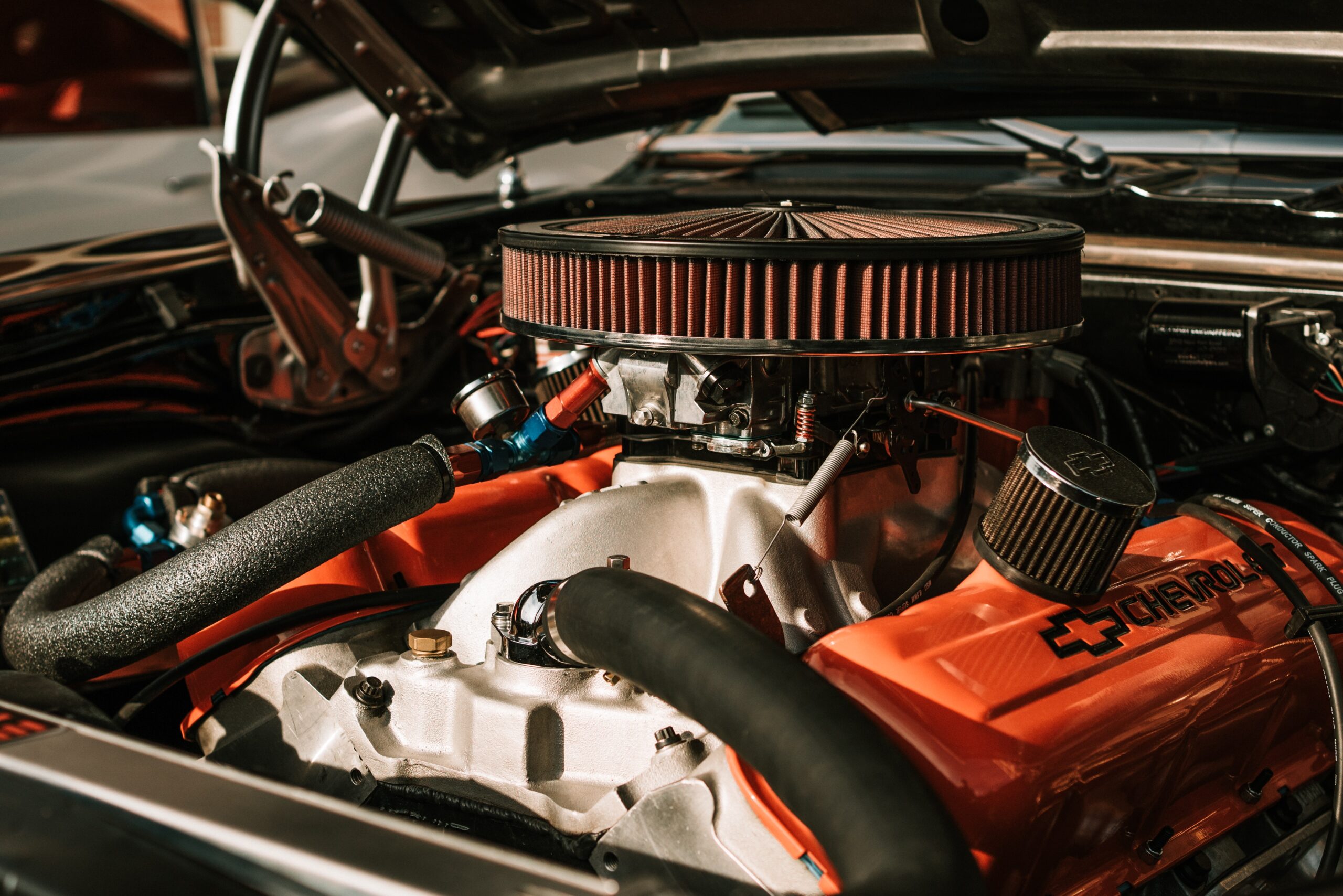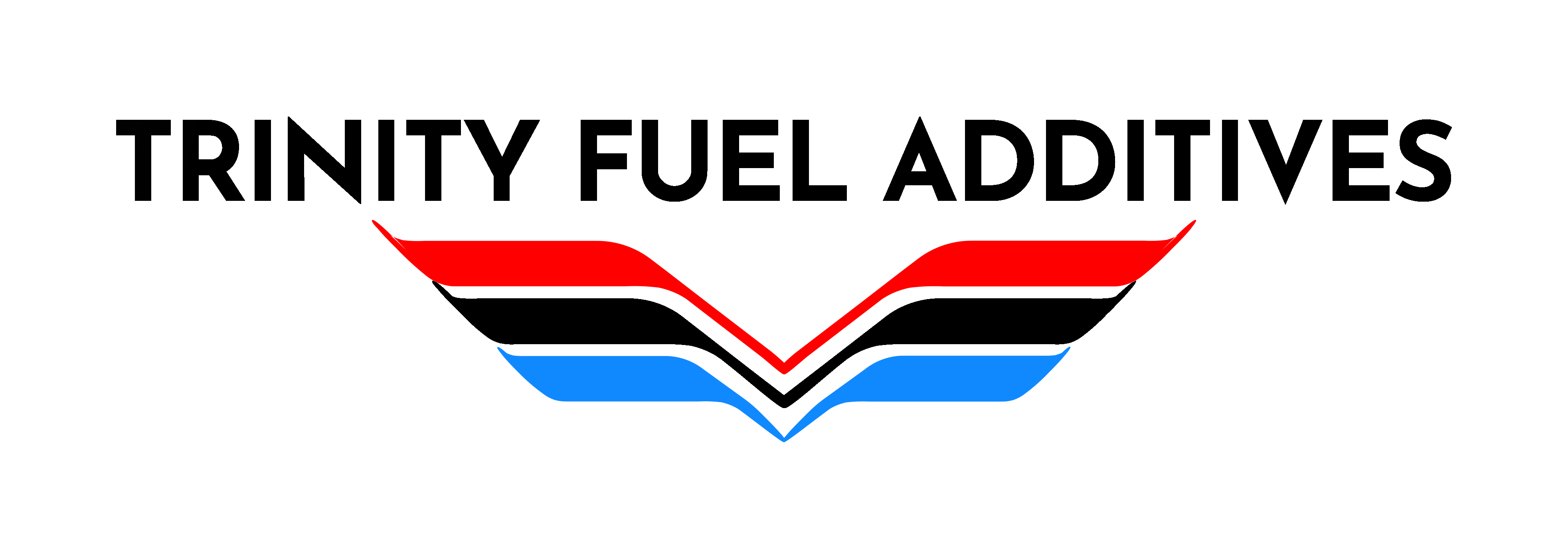Developmental History of TFA Technology and Products
Our current formulations are predicated upon proven scientific principles that improve the thermodynamic efficiency of combustion of hydrocarbon fuels. Further, we have a long history of successful trials, field applications and empirical proof, that validates our technology platform.
By way of introduction, all forms of combustion are chemical reactions. The chemical reactants are fuel and air, which, in the presence of heat, react to produce energy; which, in turn, is harnessed to produce useful work. The byproducts of combustion are gases like CO2, water vapor and other materials.
Almost all chemical reactions (combustion being a specific type of reaction, and there are many different classes or types of chemical reactions) can be controlled and modified (altered). Chemical reactions are modified and controlled to promote certain desirable outcomes (such as the yield of the reaction that we wish to increase), and also to reduce or eliminate undesirable outcomes (such as harmful byproducts, etc.).
There are many techniques and methodologies that can be utilized to modify and control combustion. Among others, these include combustion catalysis, affecting the thermodynamic properties of the reactants, modifying the air-fuel combination, altering friction and heat transfer, etc. For example, combustion catalysis is the field of chemistry where we work to control and modify the speed/rate of the chemical reaction, or chemical kinetics.
Additionally, we need to highlight that fuels are not uniform. Two different batches of fuels manufactured from the same refinery and to identical specifications will be different. Such is the basic chemistry of fuels. When these fuels are combusted in engines, boilers, heaters and gas turbines, they combust differently, due to inherent variability in their chemical composition, and also due to a range of variables predicated on operating and ambient conditions and combustion equipment characteristics (both due to design & vintage, and the maintenance routines performed).
To control and modify the combustion behavior of various fuels in a range of combustion equipment and under varying environments, a variety of chemicals are used (a representative overview is provided below for the interested customer). TFA’s technology platform is specifically designed to improve combustion; thermal optimization; lubricity enhancement; detergency and cleaning properties; emulsification properties; corrosion inhibition properties and impart strong emission reduction capabilities to fuel combustion.
To illustrate the principles of how chemicals can modify combustion, we share a well-known instance. We assume that most people are familiar with the term “unleaded gasoline.” In the 1920s, General Motors engineered the use of tetraethyl lead (“TEL”) in gasoline, which provided significant efficiency improvements to their engines and fuel performance. TEL is an organometallic form of lead, which however has major health and environmental problems (due to which, the US and other nations phased out TEL starting in the 1970s). That is why almost all gasolines are now sold as unleaded, since they cannot contain lead or TEL (even though the presence of TEL improved combustion).
The main takeaway here is that by adding certain components to fuels, we can improve efficiency (TEL is a combustion catalyst in this example). In a similar fashion (however unlike TEL, which is now prohibited), TFA’s combustion technology utilizes carefully engineered and safe components that improve combustion, reduce emissions, enhance combustion equipment life, and reduce operating & maintenance costs.

The following schedule shows a representative overview of commonly used fuel additives.
I. Combustion Additives
1. Ignition improvers
2. Smoke suppressants
3. Combustion catalysts
II. Fuel handling and distribution additives
1. Low temperature operability additives
a) Flow improvers
b) Wax anti-settling additives
c) Cloud point depressants
d) De-icing additives
2. Other fuel handling additives
a) Antifoam additives
b) Drag reducing additives
c) Static dissipater additives
d) Biocides
e) Demulsifiers
f) Dehazers
g) Corrosion inhibitors for fuel distribution system
h) Marker dyes
i) Deodorants and re-odorants
III. Fuel Stability additive
1. Antioxidants
2. Stabilizers
3. Metal deactivators
4. Dispersants
IV. Engine protection additives
1. Corrosion inhibitors for vehicle fuel system
2. Injector cleanliness additives
3. Lubricity additives
To reiterate, TFA’s proprietary chemistry has created safe formulations that improve combustion; provide thermal optimization; enhance lubricity; provide detergency and cleaning properties; add emulsification benefits; improve corrosion inhibition properties; and impart fuels with strong emission reduction capabilities. Our chemistries are safe for the environment, fuels and combustion equipment.


